I am glad to write the preface for the book entitled Basics of Kinesiology and Biomechanics in Physiotherapists, this book is crafted with the purpose of providing physiotherapists with a comprehensive and accessible guide to the principles and applications of biomechanics in the realm of rehabilitation. As physiotherapists, our commitment lies in promoting the restoration of optimal movement patterns, function, and quality of life for individuals facing musculoskeletal challenges. The foundation of our practice is rooted in understanding the intricate mechanics of the human body and how it responds to various forces and stresses. Biomechanics serves as a fundamental pillar in the bridge between clinical knowledge and practical application. This book takes you on a journey through the essential concepts of biomechanics, from the intricate details of joint mechanics to the macroscopic analysis of gait and functional movements. It delves into the fascinating interplay of forces, torques, and moments that dictate human movement, empowering you to make informed clinical decisions.
Key features of this book are Foundational Principles: We start with the basics, ensuring a solid understanding of biomechanical principles. From vectors and moments to joint mechanics, the groundwork is laid for a comprehensive exploration.
Clinical Application: Theoretical knowledge is valuable only when applied in practice. Each chapter is enriched with real-world examples, case studies, and practical scenarios to help you translate biomechanical concepts into effective interventions.
Gait Analysis: Gait is a window into the overall function of the musculoskeletal system. A dedicated section is devoted to gait analysis, providing you with the tools to scrutinize and enhance this fundamental human movement.
Rehabilitation Strategies: Beyond analysis, this book equips you with practical rehabilitation strategies. From designing targeted exercise programs to understanding the biomechanical implications of manual therapy, our aim is to empower you in your role as a rehabilitation specialist.
Technological Integration: In the rapidly evolving landscape of healthcare, technology plays a pivotal role. We explore how advanced technologies such as motion capture, force plates, and wearable devices can enhance your biomechanical assessments.
I have described simple trick to remember the most of the points pertaining to regional kinesiology and biomechanics as OMAN K2 CM (Osteology, Myology, Arthrology, Neurology, Kinematics, Kinetics, Circulation and Movements) and pathomechanics with PTD (Paralysis, Trauma and Deformities) with a table to summaries active range of motion in each chapter.
As you embark on this educational journey, we encourage you to delve into each chapter with curiosity and an eagerness to integrate biomechanics seamlessly into your daily practice. I hope that this book serves as a valuable resource, enriching your understanding of biomechanics and, in turn, elevating the quality of care you provide to your patients. Wishing you an insightful and transformative exploration of biomechanics in the context of physiotherapy.
Your feedback by any means of communication will always help me to improve my writing and hence would like to thank you for the same in advance.

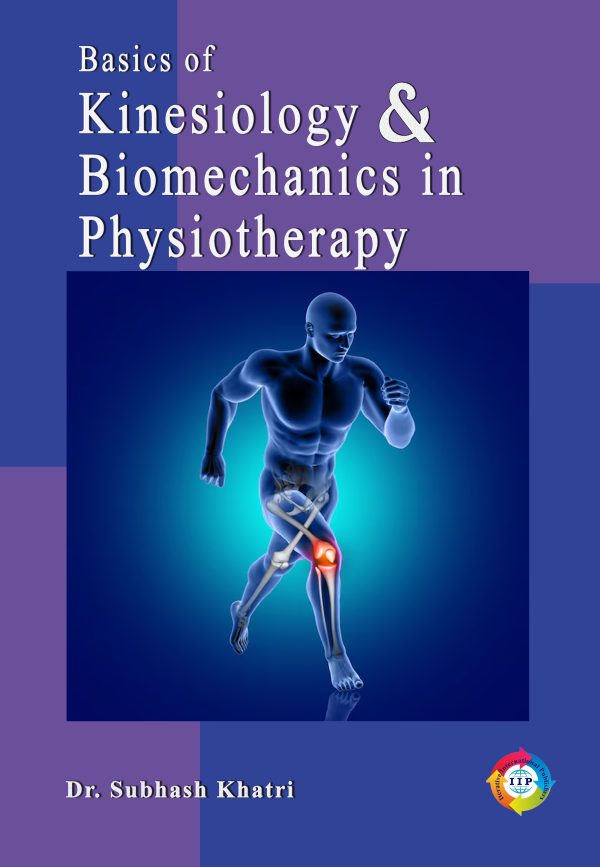
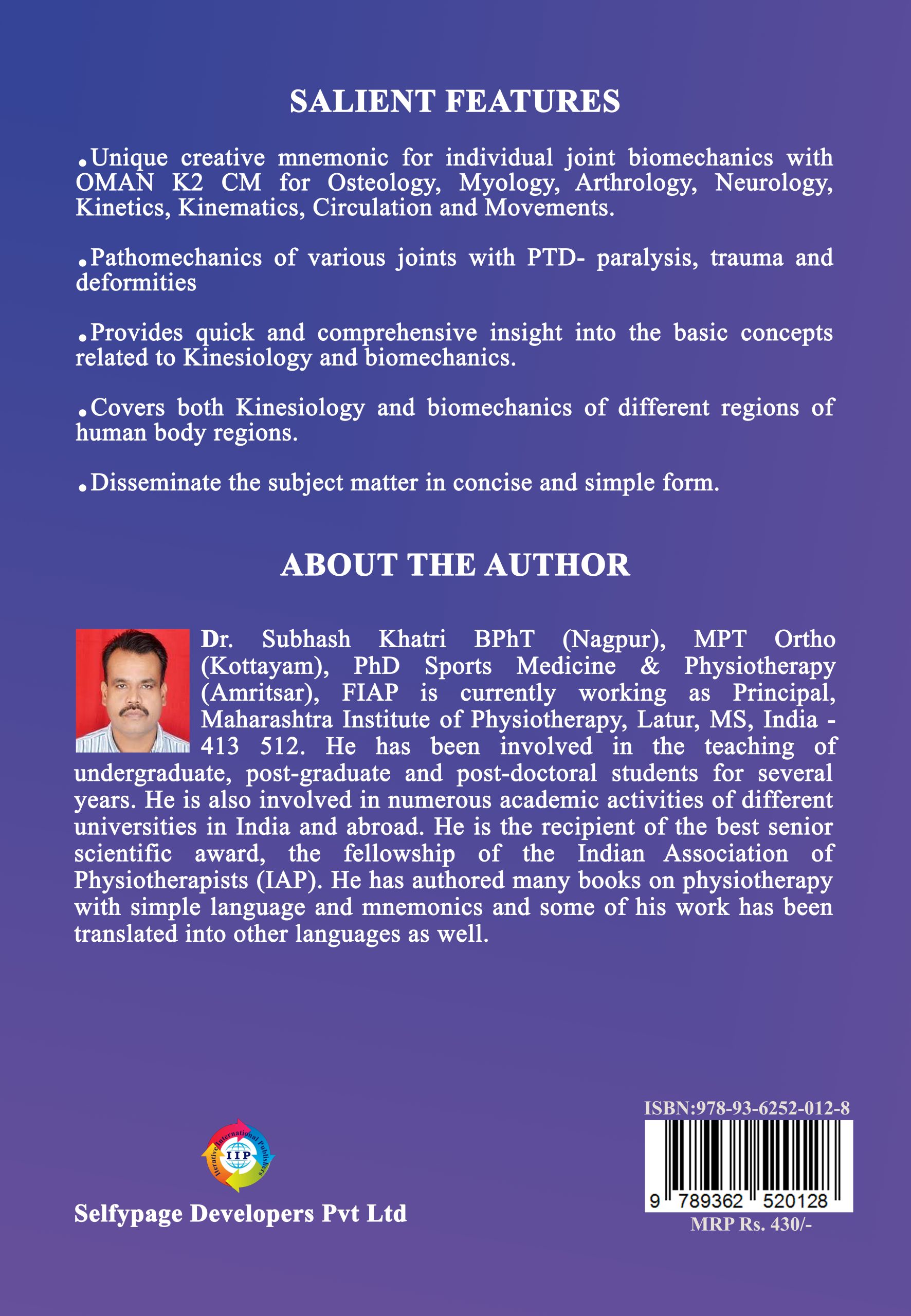
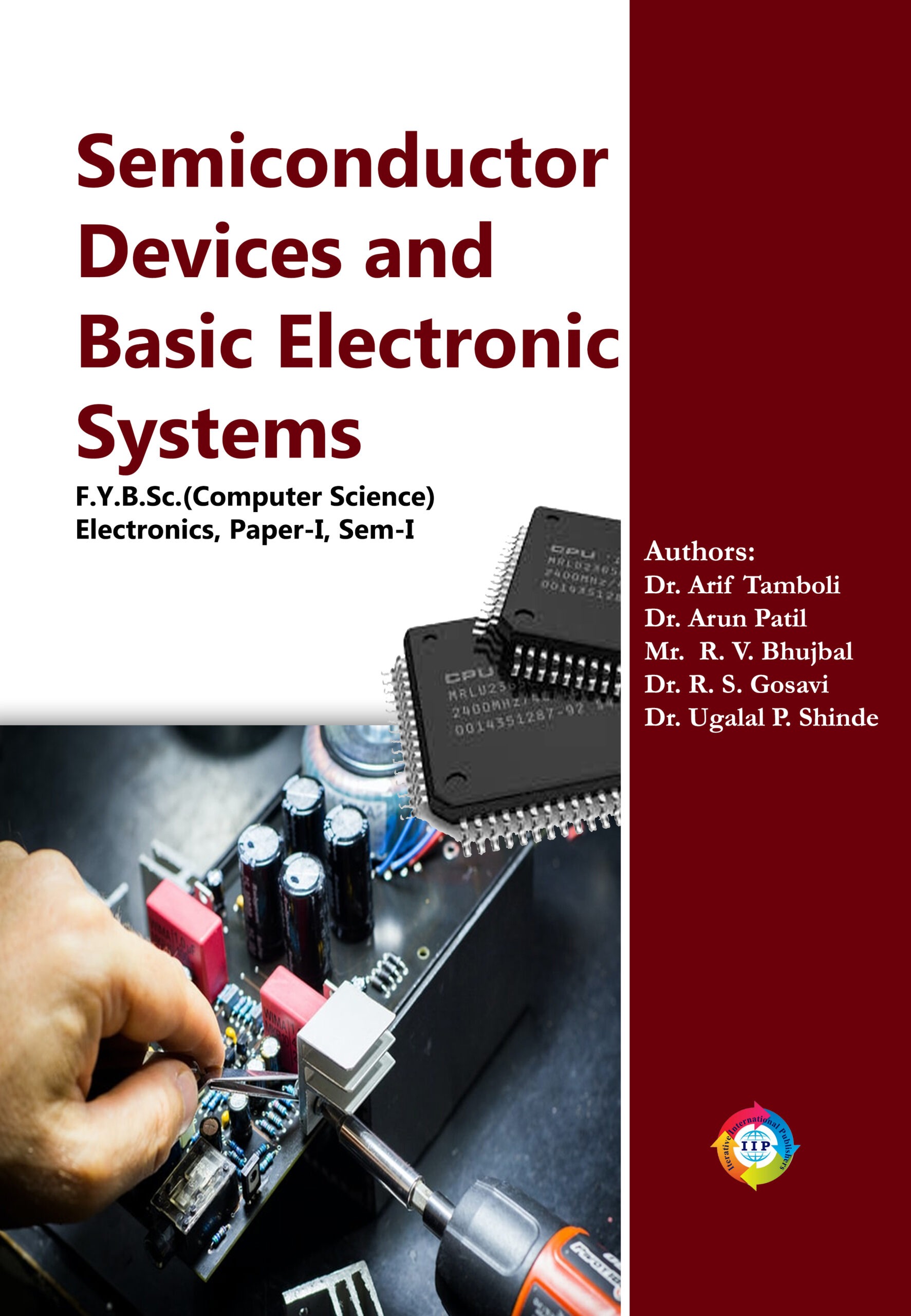
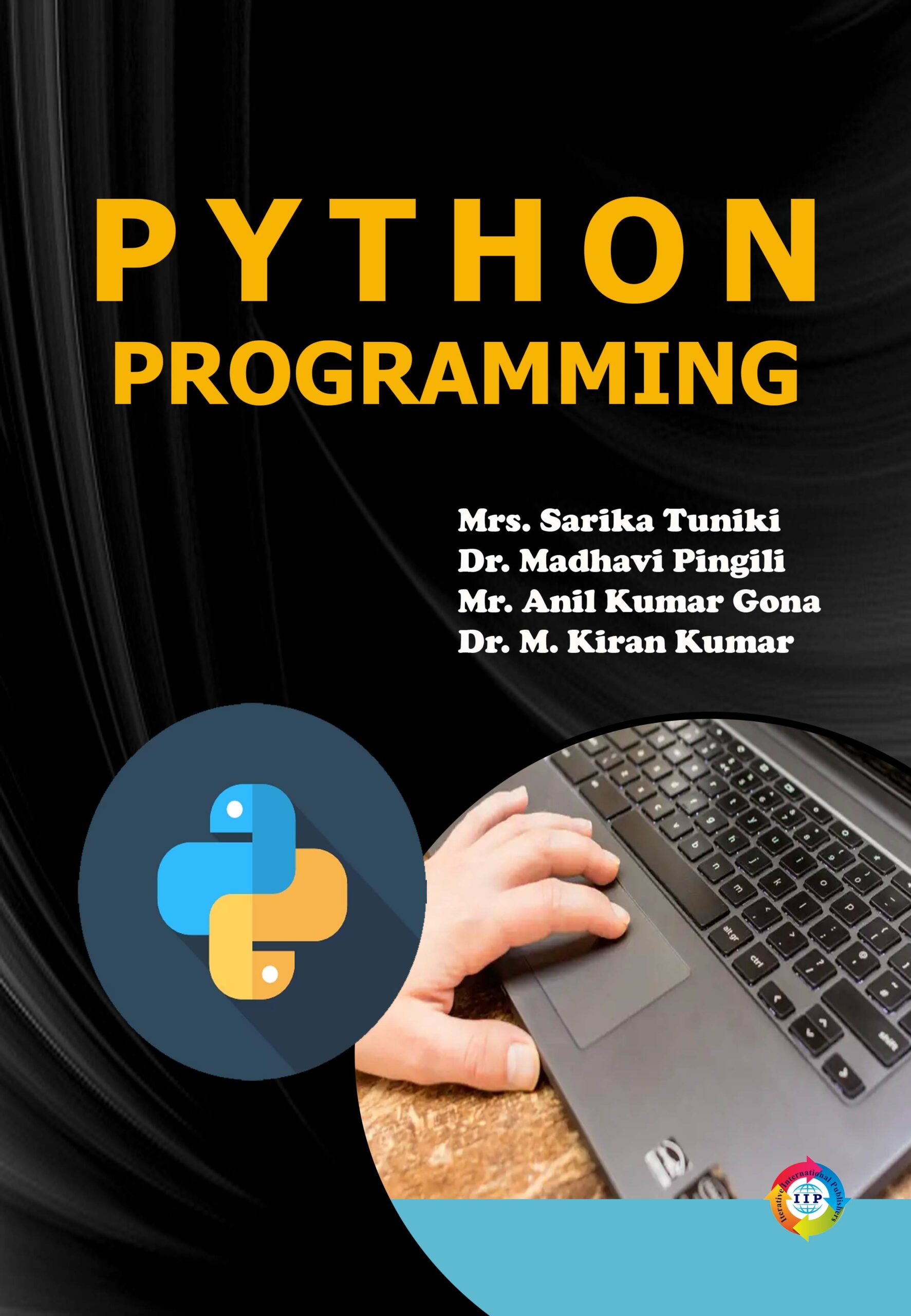

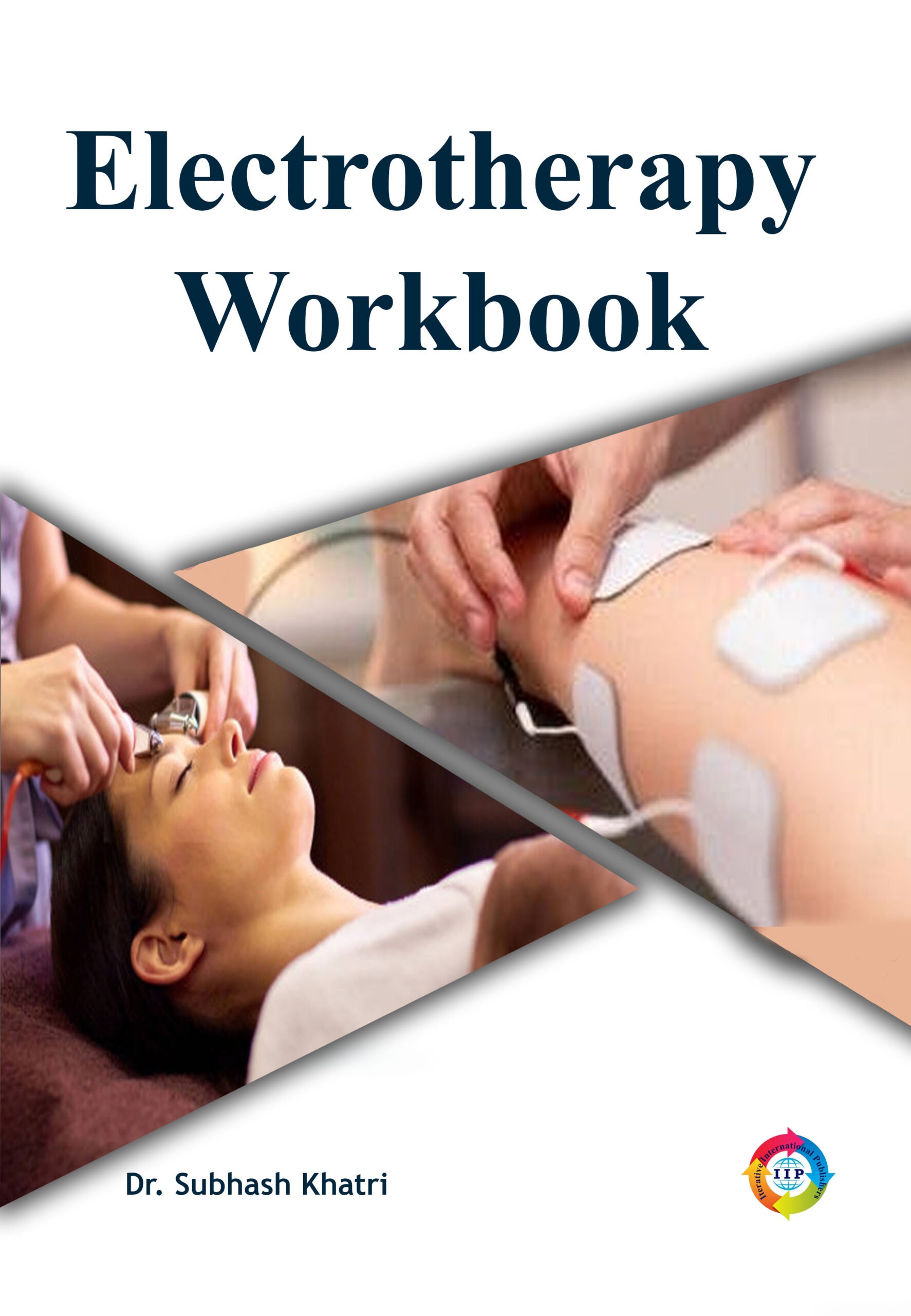
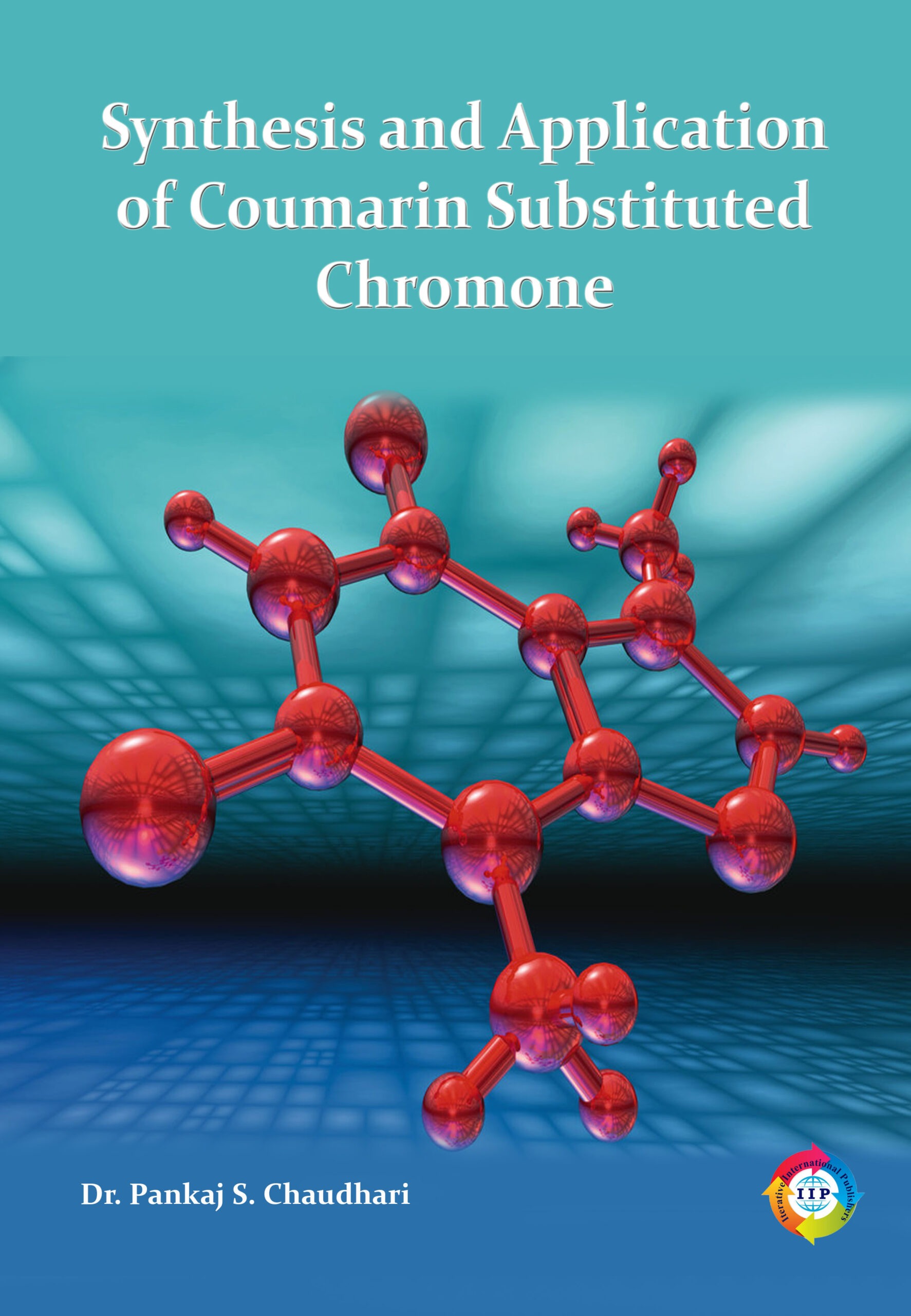

Reviews
There are no reviews yet.